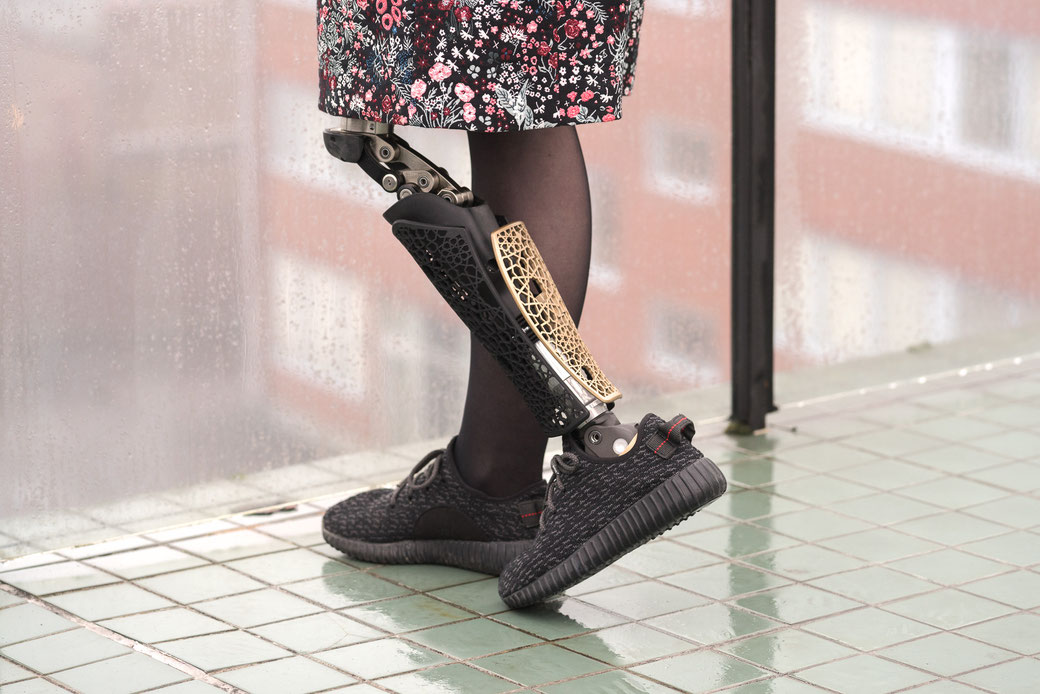The debate between functionality and design has always been an interesting one, and though sometimes it feels like you can only pick one without compromising both, it is very much possible to accomplish both as what Apple did with the iPod. Though most engineers might argue for the case of functionality, I think one very beautiful part of the shared human experience is that humans appreciate beautiful things like a sunset or a well-designed product. Donald Norman has a teapot that is functionally unusable, yet has a place on his countertop because he likes how it looks. Perhaps not everyone is as invested in design as Donald Norman is, that they would give up all functionality for design, but a case can be made for ‘functional enough’ before people start looking at design. Ten different tote bags are functionally all the same, but there might be one specific tote that a person might gravitate to more often. A tote bag with a hole might not be used because it does not perform it’s function well even if it is well-designed, but other than that, the tote bag that is chosen is the one that suits the dress code the best.
In the case of disability, it is a little strange that design for disability has always been about ‘catching up to a normal human’, and not augmenting them to beyond the capabilities of an average person. Why are leg prosthetics designed to look like bad imitations of flesh, when it could be used as a fashion accessory that able-bodied people are not able to? Why not design hearing aids that can enable superhearing? An able-bodied person is not the standard, and it is always an option to design beyond that, to make disability less of a stigma and instead become something that opens up new possibilities instead of reducing them. 
